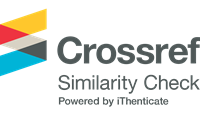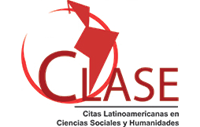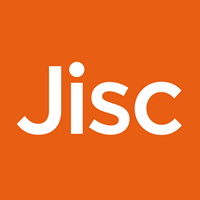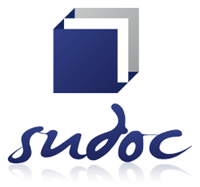Bring your own device (BYOD): understanding a new practice in the academic environment
Abstract
This article identifies the perceived factors of the BYOD practice in the academic context. The popularization of the mobile devices generated a movement of the use of these personal devices in the work environment. This phenomenon came to be known as BYOD (Bring Your Own Device). This practice has reached educational institutions and involves several discussions between teachers and students. It is not clear whether the use of devices helps or hinders the progress of classes and the learning process. To understand this phenomenon we conduct semi-structured interviews with teachers and university students. Inspired by Grounded Theory, we developed a theoretical model that emerged from data analysis. This model demonstrates that the practice of BYOD in the academic context is determined by driving factors, context factors and practice factors. The various factors identified in the academic context bring practical results such as influence in the learning process and exposure to increased working hours. The factors of practice comprise eight elements: 1) interest; 2) didactic; 3) learning process; 4) ubiquity; 5) productivity; 6) responsibility; 7) usage patterns and; 8) exposure. This phenomenon may be related to the context of society and technological modernity
Downloads

This work is licensed under a Creative Commons Attribution 4.0 International License.
DECLARATION OF ORIGINALITY AND COPYRIGHTS
I declare that this article is original and has not been submitted for publication in any other national or international journal, either in part or in its entirety.
The copyright belongs exclusively to the authors. The licensing rights used by the journal are the Creative Commons Attribution 4.0 (CC BY 4.0) license: sharing (copying and distributing the material in any medium or format) and adaptation (remixing, transforming, and building upon the material thus licensed for any purpose, including commercial purposes) are permitted.
It is recommended that you read this link for more information on the subject: providing credits and references correctly, among other crucial details for the proper use of the licensed material.














































